All about the rivin plant
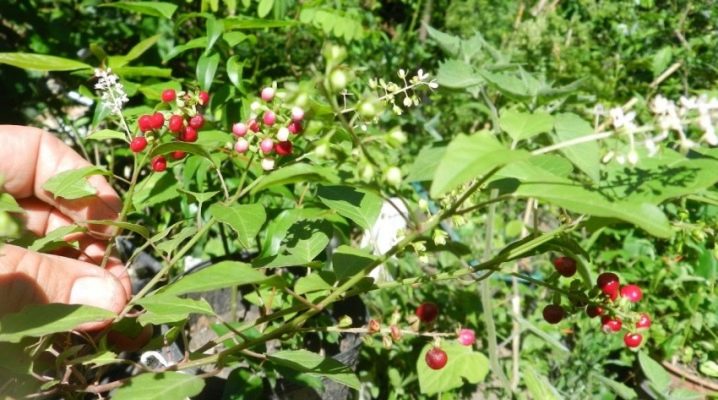
Having learned everything about the rivin plant, having read the description of the indoor plant in more detail, flower growers can perfectly dispose of it in their home. Carefully study the care and fit at home. Reproduction and pathological processes cannot be ignored either.
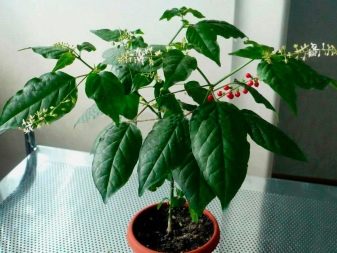
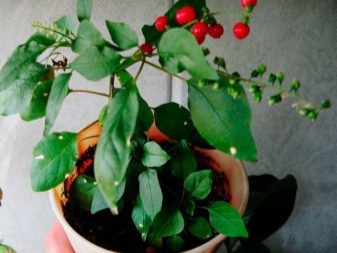
Description
A plant such as rivina belongs to the laconosaceae family, in some sources it is called the laconosaceae family, and this is a completely normal difference. It is believed that the species originates from the southern and central regions of America. Rivina is a rather low culture. It belongs to semi-shrubs and grows up to a maximum of 1.5 m. An important feature is the lignified stem.
A characteristic feature of the species is the regular arrangement of oblong (up to 12 cm) leaves. Their ends are sharpened. There is a slight waviness of the foliage in some cases. It is usually green and slightly pubescent. Rivina humilis is a classic perennial.
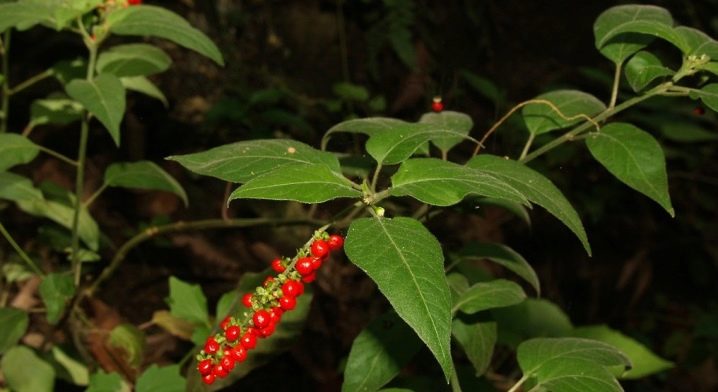
It has been established that this species inhabits in nature the territory of Argentina and Paraguay. The northern border of the range passes through Florida and Texas. The plant is found in wet and dry areas. It can become a weed in a number of places. Within Russia, there can be no wild growth of rivina, it is exclusively a houseplant.
The inflorescences are of the axillary and / or racemose type. Their length reaches 10 cm. A flower with red berries is often found, but still, most descriptions mention the pink-white color of the flowers themselves. Their cross section will be approximately 5 mm. The berries are more like red currants.
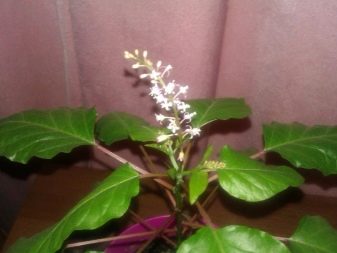
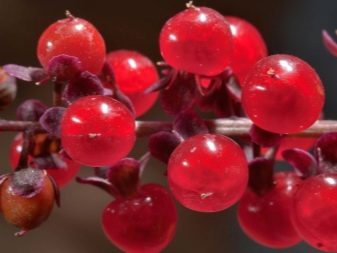
The botanical name was given in honor of the botanist from Germany Rivinus. The genus that was given his name includes 3 species, but only the low type (the same humilis) can be cultivated at home. The stalks of the rivina grow straight and are divided into a pair of equal parts at the nodes. Branches are angular and bare, sometimes slightly pubescent. The leaf blades have elongated petioles.
Rivina pollinates herself. The seeds are hidden in the berries. After the harvest has fallen, they will germinate in a short time. There is always young growth next to a healthy bush.
At a young age, the plant annually adds 10-13 cm.
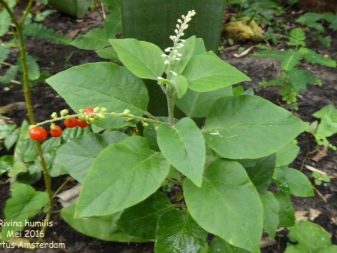
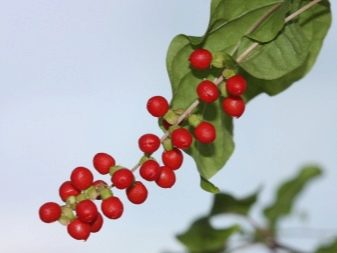
Planting and leaving
Such bushes or semi-shrubs should be oriented to the west or east. They need even bright, but diffused light. Placing in dense shade or facing north will lead to stretching of the leaves and loss of decorative properties. At home, this is usually compensated by using special phytolamps. Orientation to the south is also more correct to avoid, since sunburn is very likely. As a last resort, light curtains are used.
For planting, the use of factory purchased soil is recommended. But sometimes the substrate is prepared by hand. In one of the options, the use of equal shares of sod soil, leafy soil (collected under birches, with the capture of a small volume of dead leaves) is provided. You need the same proportion of river sand (total ratio 1: 1: 1). An alternative planting mixture consists of:
- 1 share of river sand or perlite;
- 1 share of leafy land;
- 2 shares of soddy soil;
- 1 share of humus.
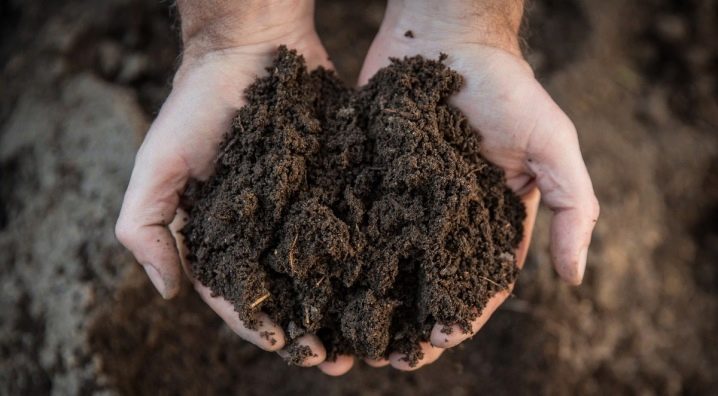
You should not increase the fertility of the soil too much. This can lead to forced green mass gain and too little flowering. The number of ornamental fruits will also be greatly reduced. For the normal content of rivin, a temperature of 24 degrees is needed. However, in the autumn months, it is lowered to 12-15 degrees, so that the plant enters a period of relaxation.
This type needs to maintain high humidity. The crown is recommended to be sprayed with soft water. An alternative is to place the flowerpot or pot in a pebble stand into which some water is poured. In addition, pubescent leaves can collect moisture even when sprayed near them, rather than directly on the plant. Finally, you can simply put steam generators or humidifiers next to it.
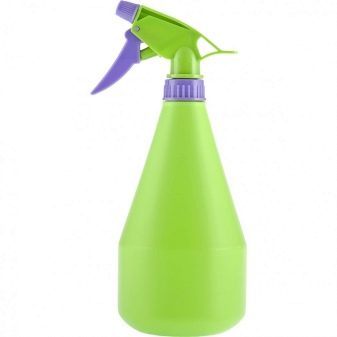

Rivina, originating from the tropics and subtropics, reacts extremely negatively to drought. It should be watered regularly. Irrigation is carried out as soon as the soil begins to dry out. But with a decrease in temperature at the beginning of autumn, they need to be dealt with less and less, otherwise pathologies are likely to appear. Only soft warm water heated to 20-24 degrees is suitable for watering rivina.
You can also use tap water, but only after filtration, boiling and settling. It is better to drain the sediment before watering. Top dressing is carried out from mid-May to the beginning of the weather autumn. Fertilizers are used every 14-28 days.
It is best to use liquid formulations with minimal nitrogen intake, and nitrogen-saturated fertilizers are used at half concentration.
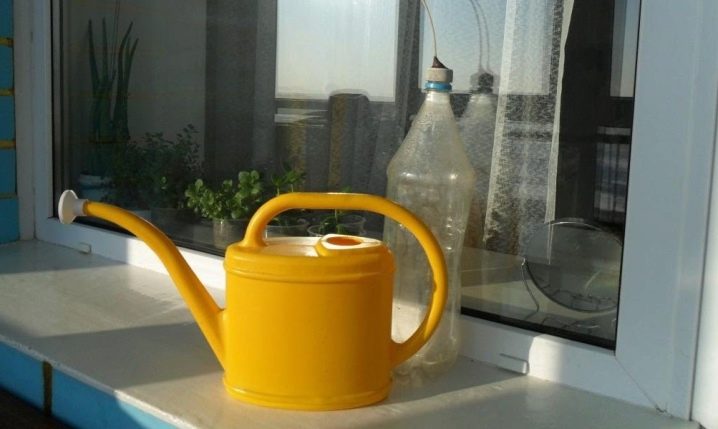
As soon as daylight hours shorten in September, top dressing should come to naught. It is best to prune the crop in March to encourage it to plant shoots. It is useful to remove parts of the shoots growing inside the crown so that they do not interfere with the formation of other shoots. When pruning is done, watering is slightly reduced so that the plant does not suffer from rotting. The material remaining after pruning can be rooted as needed.
The rivina pot should get bigger every year. The depleted substrate is then replaced. But the excessive increase in the size of the container is unjustified. Each next pot should be 1-2 cm larger than the previous one - this is quite enough. Some tightness is even good for rivina.
It is noticed that in such conditions it blooms more abundantly. Fruiting is also more active. Each container must have drain holes in the bottom. Drainage material is laid down. Most often these are pebbles, expanded clay or ceramic battle.
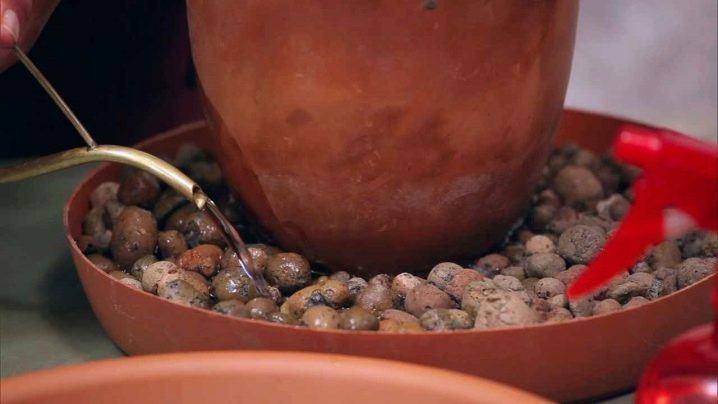
Reproduction
When grafting rivina, you can just use what is left after pruning. A combination of sand and peat is used as a substrate. In the course of work, the temperature should be maintained at 20-25 degrees. The container with the cuttings is covered with a glass jar. Sometimes it is more correct to use plastic wrap.
Then you have to wait for signs of growth. As soon as they appear, the plantings are moved to separate pots. They should have 2 shares of sod land. The concentration of leaf and humus soil, as well as coarse sand, should be 1 share each. Drainage holes must also be provided. Young rivina is cared for in the same way as adult plants.
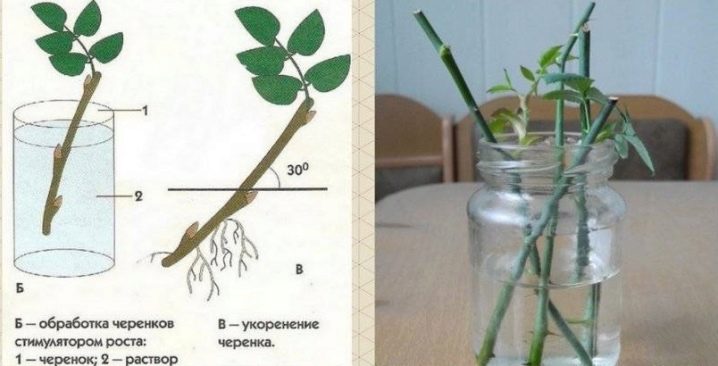
Sometimes this plant is also bred with seeds. They are sown in a substrate of sand and peat, which is slightly moistened. A little soil is poured on top. Then the temperature should be kept at 25 degrees. It is necessary to keep the planted under the film - not forgetting, however, to ventilate and moisturize the plant every day.
When the first shoots appear, the film is removed altogether. The signal for transplanting into separate pots is the appearance of a second full-fledged leaf. Further, the plants must be looked after according to the usual scheme.
With active growth, the propagated culture is regularly watered.
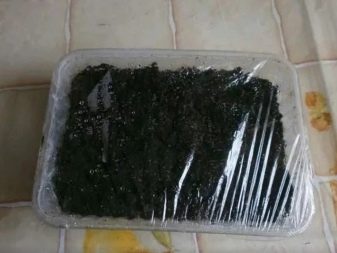
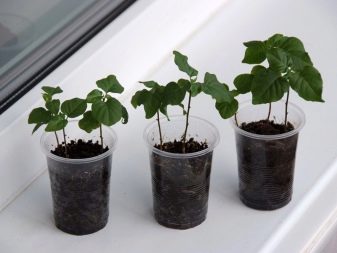
Diseases and pests
Rivina has a highly developed immune system. This plant hardly suffers from the effects of insects or pathological organisms. But maintaining good vegetative tone is critical. A particular danger is the mosaic, which provokes the appearance of all kinds of spots on the leaves. Rivina stricken with the mosaic is completely hopeless - all that remains is to get rid of it in order to prevent the spread of the infection.
Due to mycosis, the leaves quickly begin to rot. The disease appears against the background of excessive irrigation. And also it is provoked by stagnant water. Mycosis is cured only in the early phase. In the later stages, he is invincible.
Late blight of rivina is manifested by dark spots. They are found on foliage and stems. Over time, these parts of the culture will fade. Phytophthora attacks with too active watering and with insufficient soil looseness. Diseased specimens can only be destroyed.
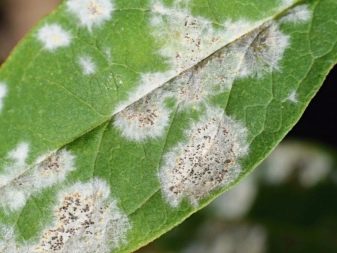
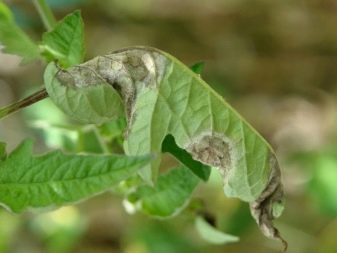
Rivina can be attacked by aphids that devour shoots and leaves. Noticing it, it is necessary to cut off the diseased areas, wash the plant with the help of a shower and treat it with an insecticide.
Mealybugs can be dangerous too. Such insects are removed from the plant mechanically. Then the foliage is wiped with alcohol diluted in water. It is almost impossible to see the red spider mite, but its presence is recognized by the spots that have arisen on the leaf plates and by the whitish cobwebs. You can avoid tick damage by humidifying the air.
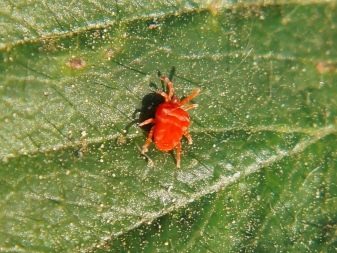
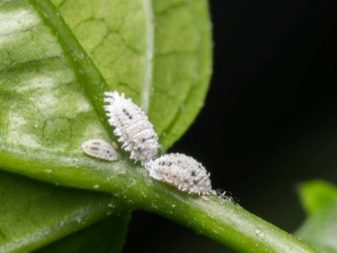













The comment was sent successfully.